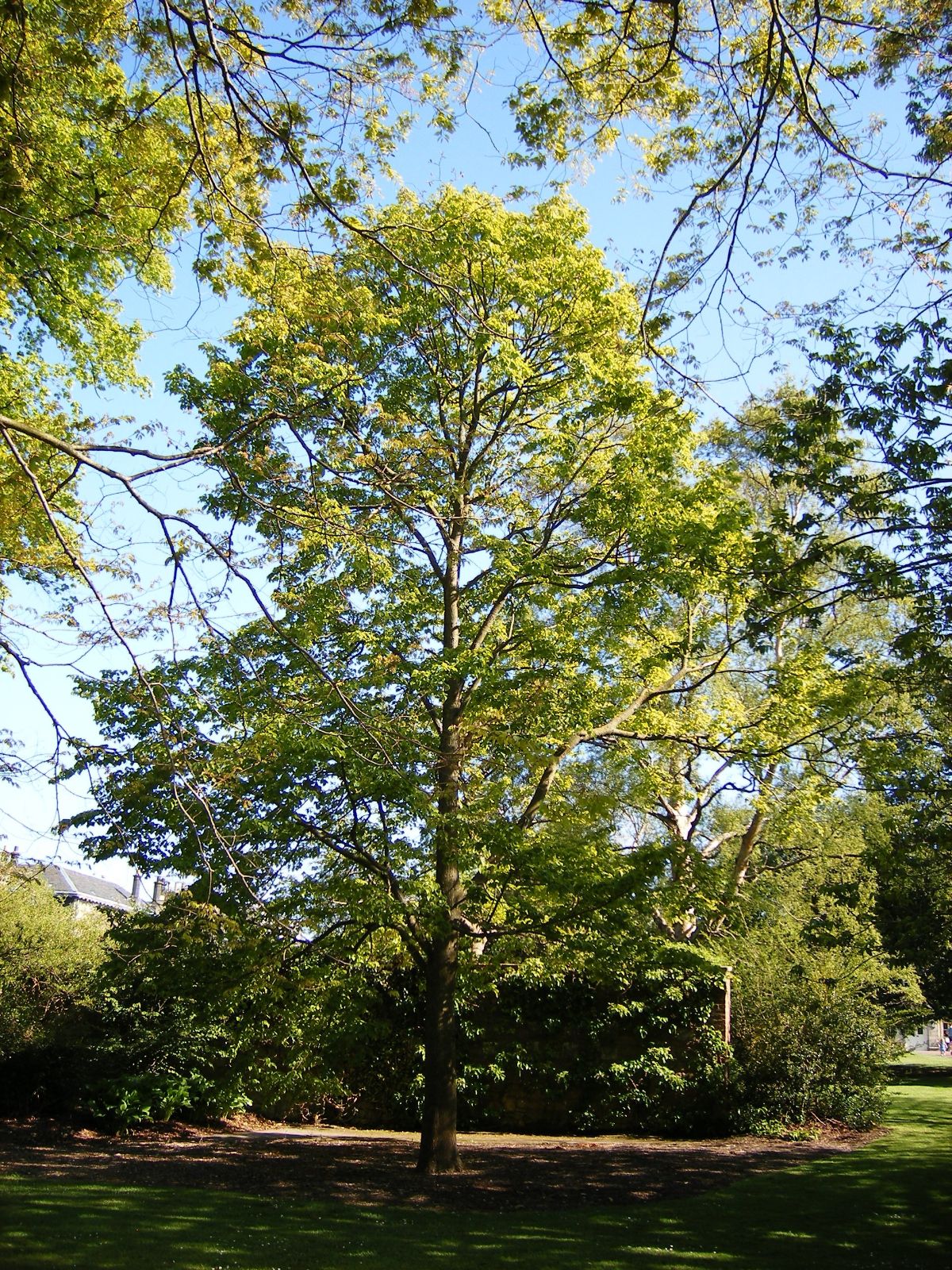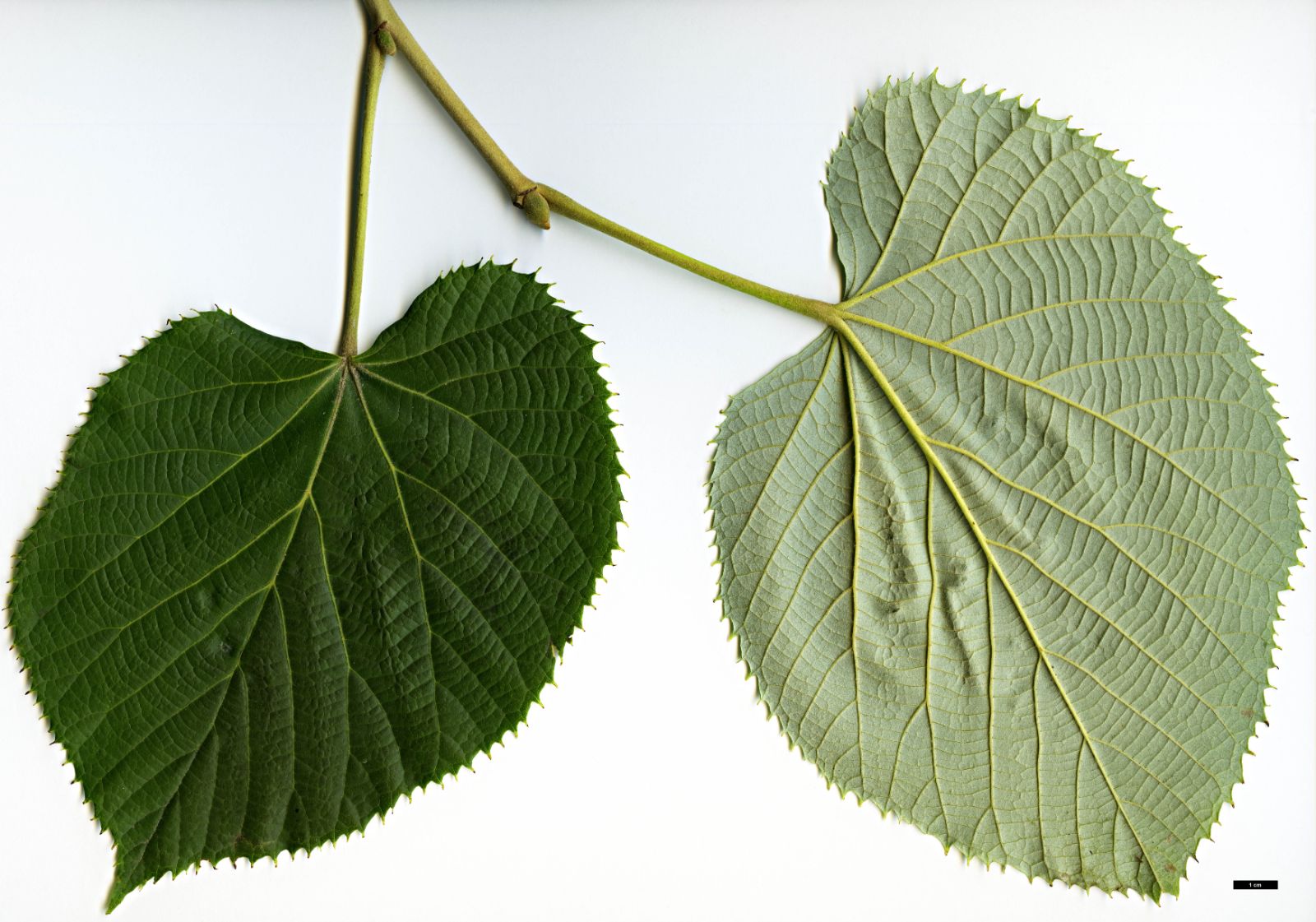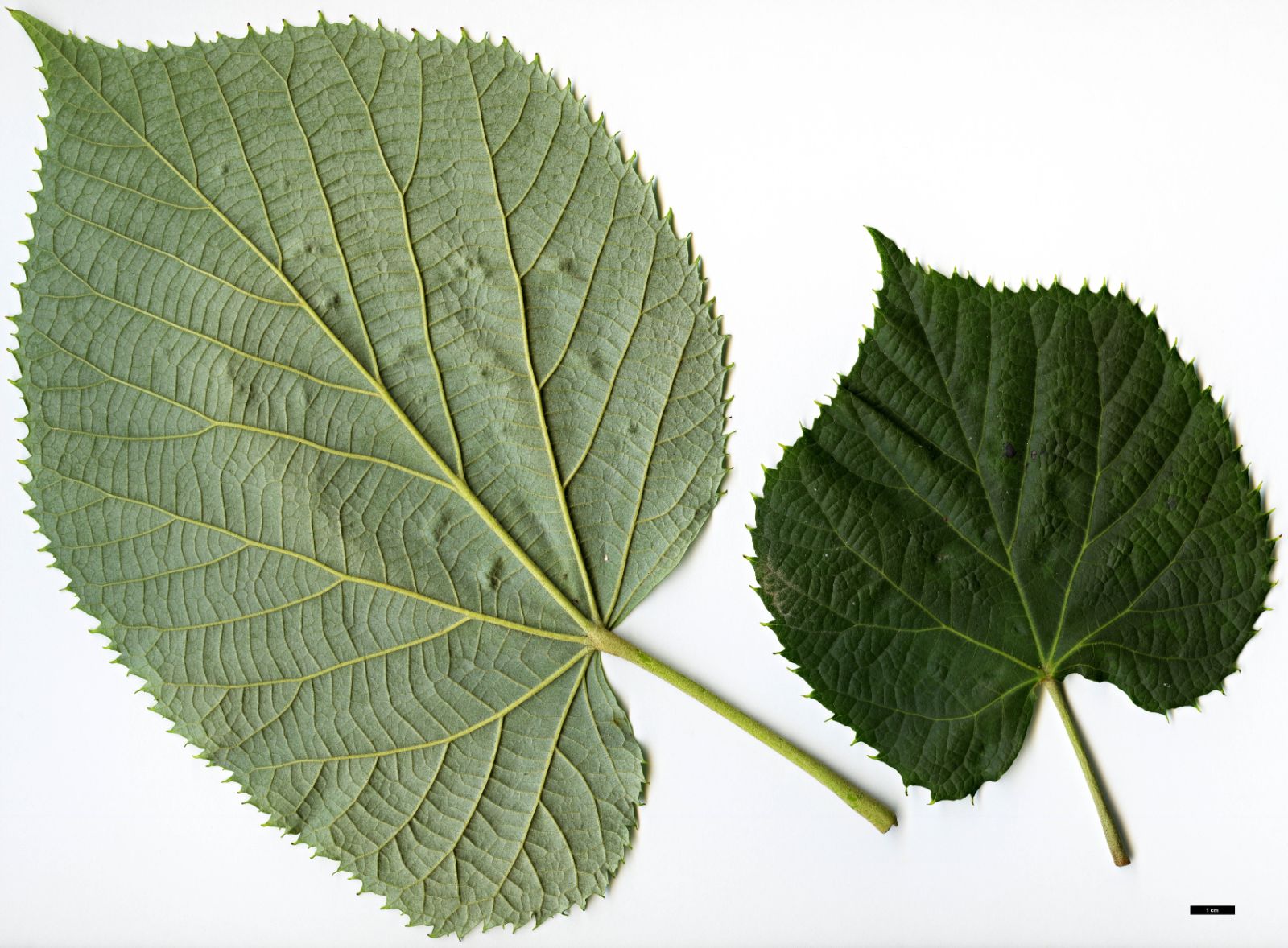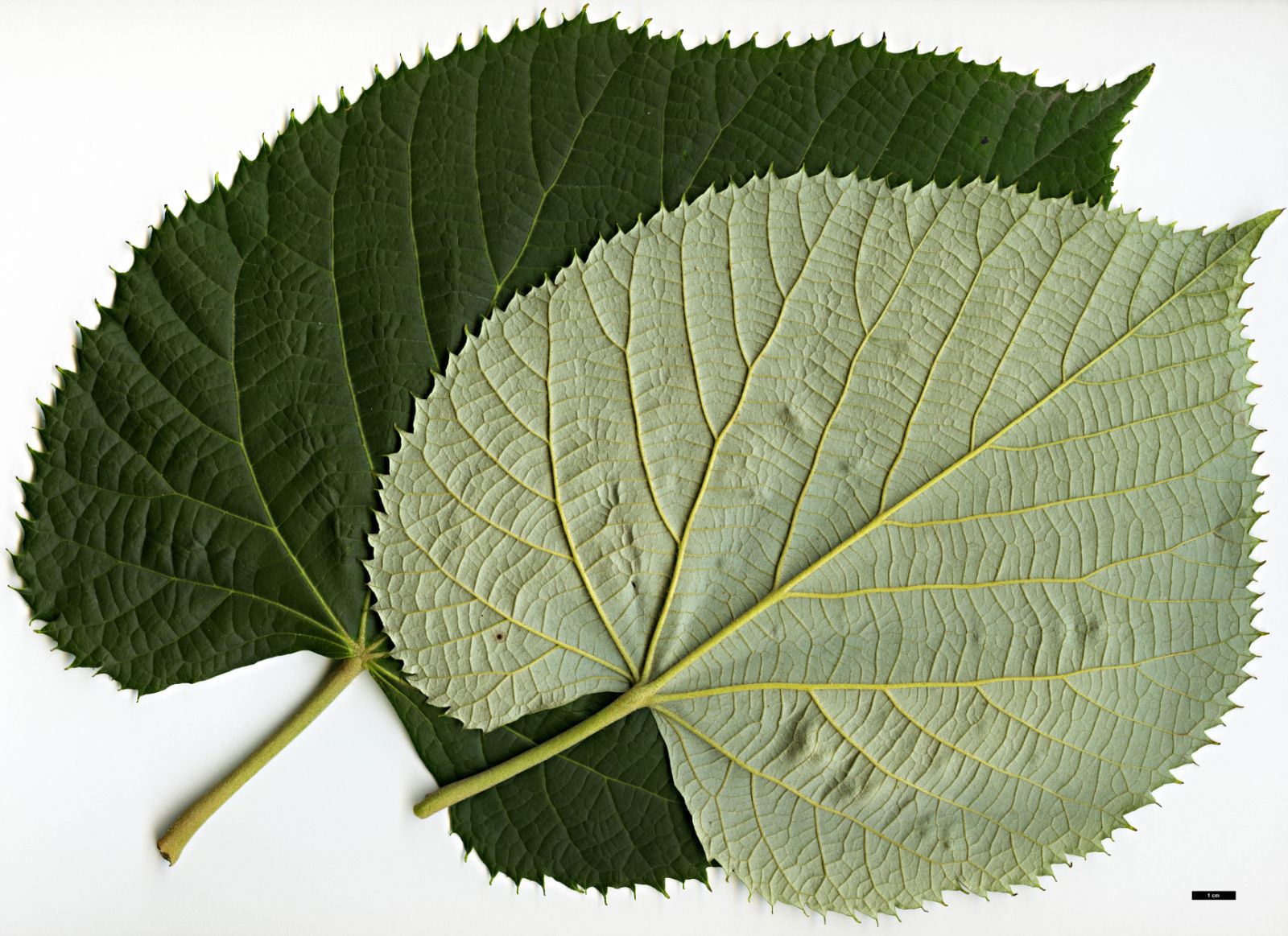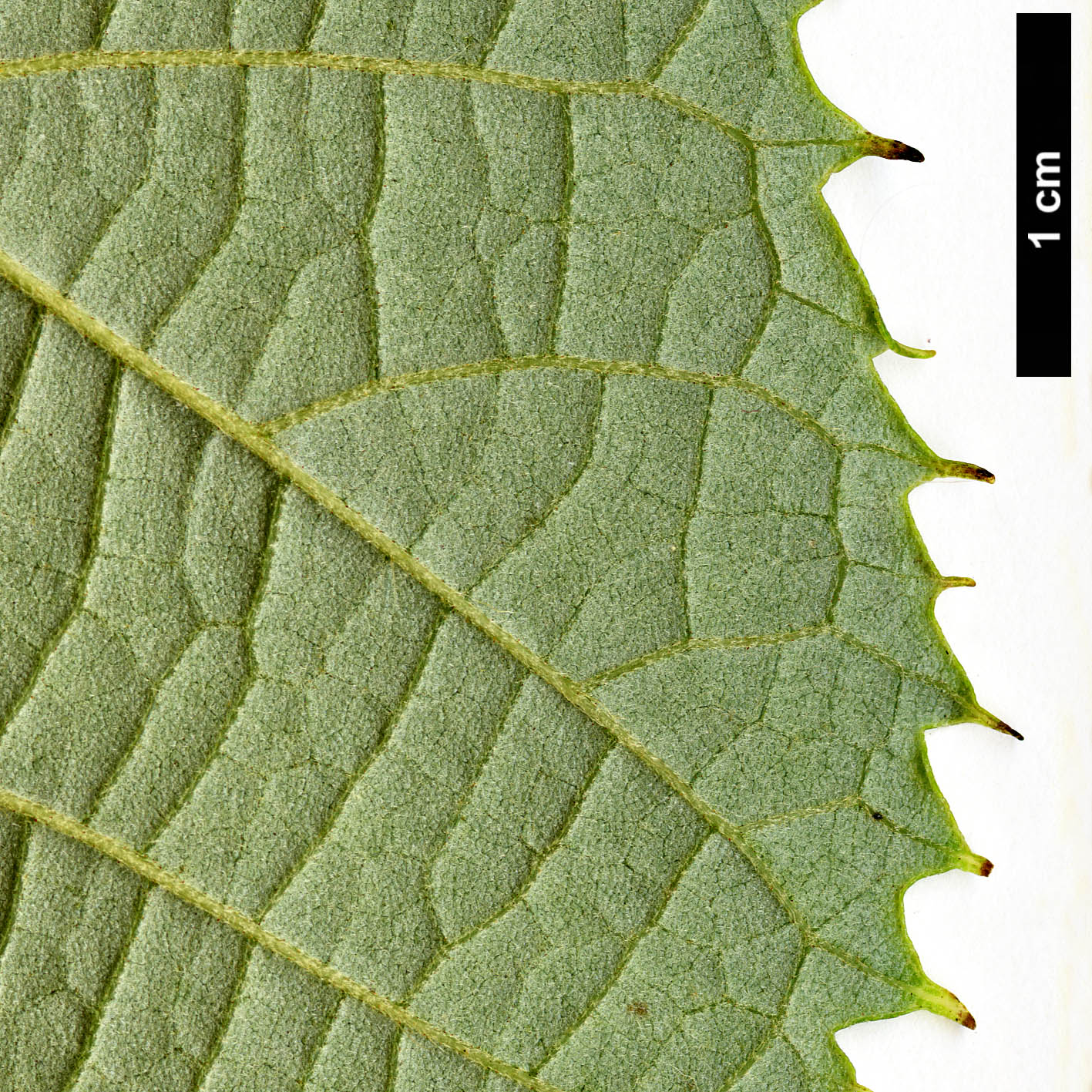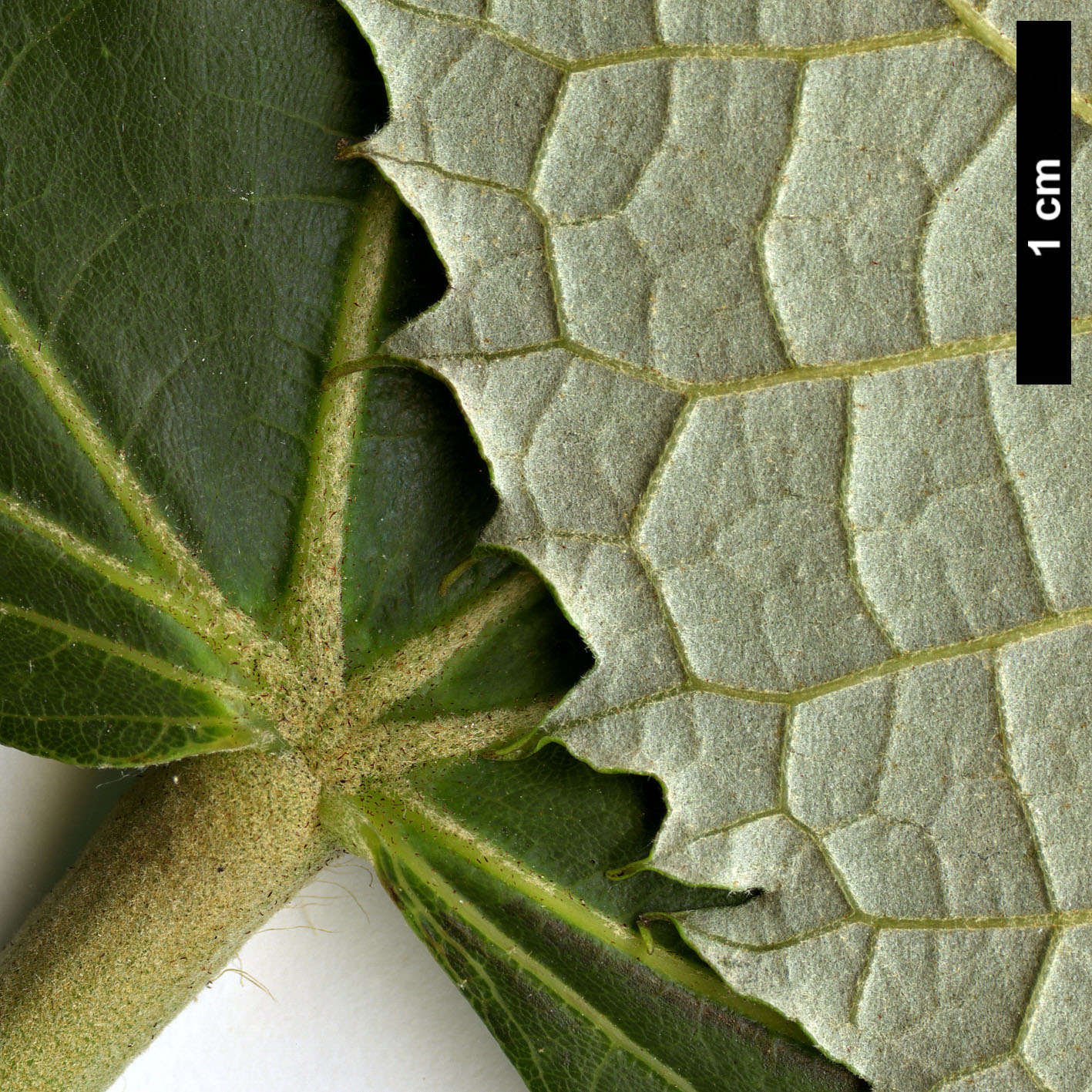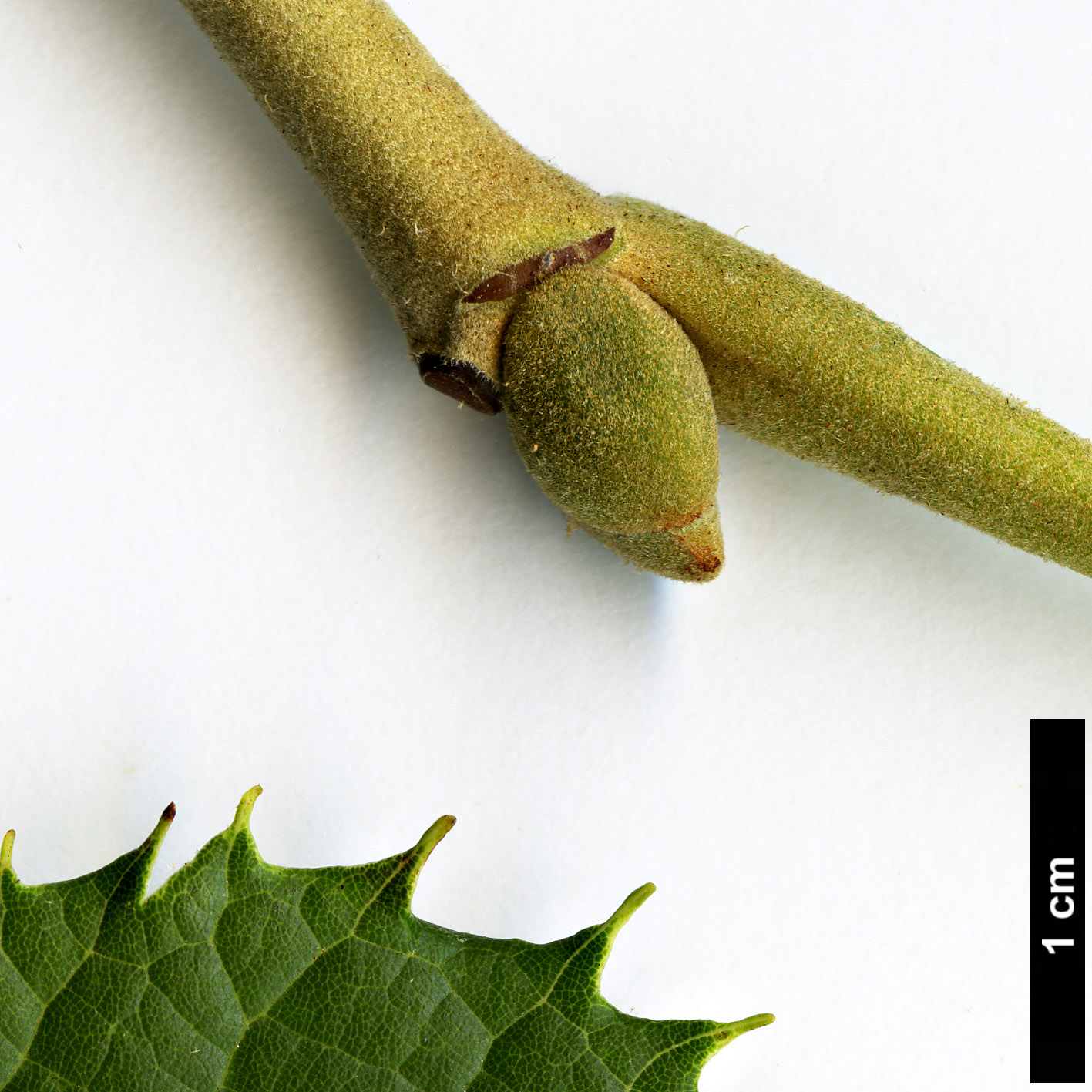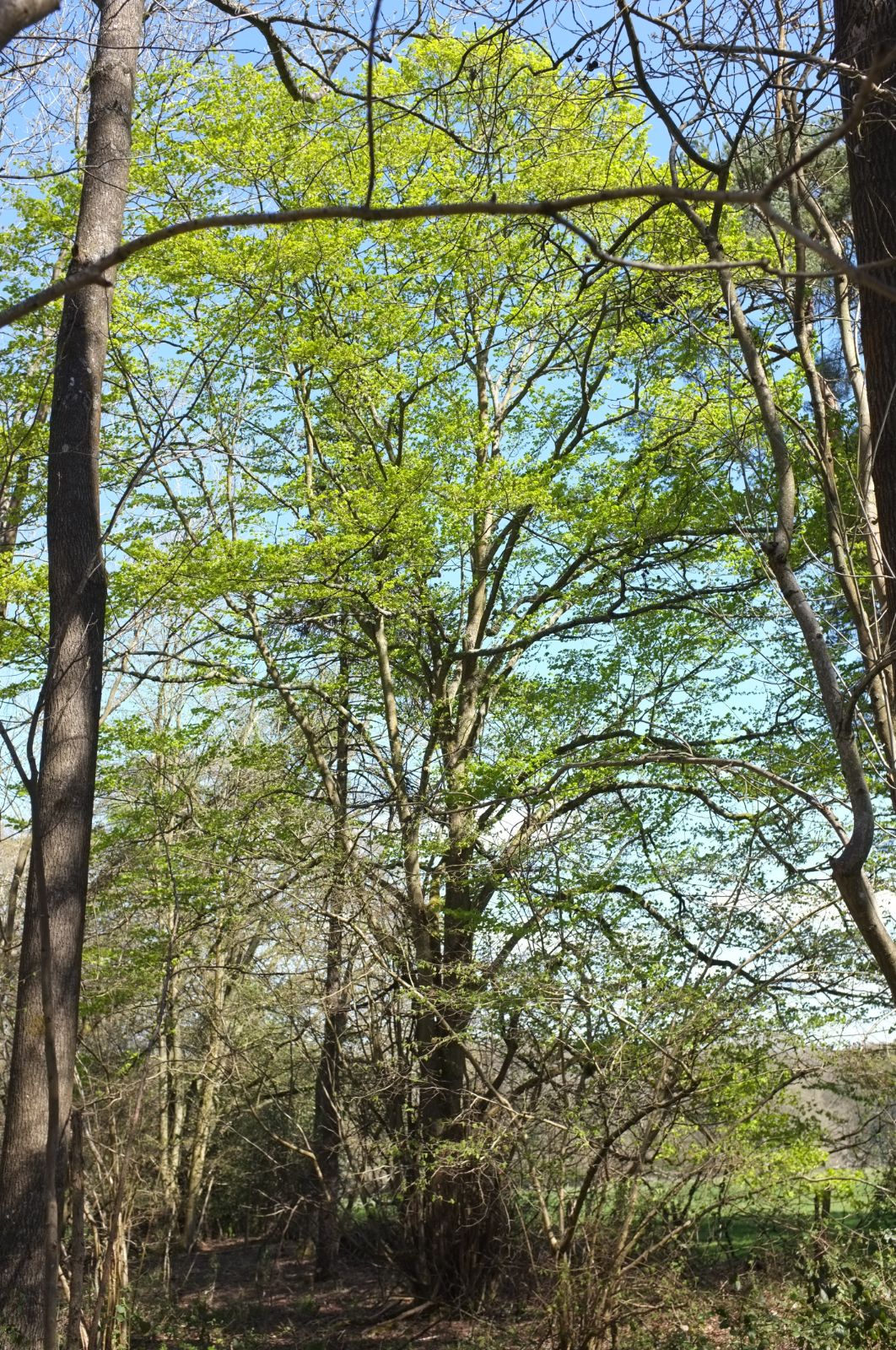Tilia mandshurica
Sponsor
Kindly sponsored by
a member of the International Dendrology Society
Credits
Owen Johnson & Julian Sutton (2020)
Recommended citation
Johnson, O. & Sutton, J. (2020), 'Tilia mandshurica' from the website Trees and Shrubs Online (treesandshrubsonline.
Genus
Common Names
- Manchurian Lime
- Manchurian Linden
- kang duan
Synonyms
- Tilia inouei Hatusima
- Tilia rufovillosa Hatusima
- Tilia chugokuensis Hatusima
Other taxa in genus
- Tilia americana
- Tilia amurensis
- Tilia callidonta
- Tilia chinensis
- Tilia chingiana
- Tilia concinna
- Tilia cordata
- Tilia dasystyla
- Tilia endochrysea
- Tilia × euchlora
- Tilia × europaea
- Tilia × flaccida
- Tilia × flavescens
- Tilia Hanwell Hybrids
- Tilia 'Harold Hillier'
- Tilia 'Harvest Gold'
- Tilia × haynaldiana
- Tilia henryana
- Tilia japonica
- Tilia × juranyana
- Tilia kiusiana
- Tilia maximowicziana
- Tilia miqueliana
- Tilia mongolica
- Tilia nobilis
- Tilia × noziricola
- Tilia oliveri
- Tilia paucicostata
- Tilia platyphyllos
- Tilia tomentosa
- Tilia tuan
- Tilia 'Westonbirt Dainty'
Tree to 18 m tall. Bark grey, developing shallow fissures. Twigs stout (2.4–4.2 mm thick), with a dense tomentum of pale brown stellate hairs. Buds broadly ovoid with 2 scales exposed, both evenly covered with a dense tomentum. Leaves 7–13.5 × 7–12.5 cm, on stout stalks covered in dense stellate hairs; upper side dark green with a sparse cover of 8-armed stellate hairs, underside pale green or glaucous with a moderately dense tomentum of mostly 8-armed stellate hairs; marginal teeth with concave sides and a slightly curved awn tip 1.3–2.3 mm long. Floral bracts 5.5–14 × 1.1–2.3 cm, narrowed gradually to a short (1–6 mm) stalk, with a moderate cover of brown stellate hairs. Inflorescence drooping, widely and rigidly branched 3 times, with 3–19 large cup-shaped flowers 14–17 mm across. Staminodes present. Fruit 9–11 × 8–10 mm, almost spherical, the surface irregularly mamillate and with 5 lines, and covered in a dense pale brown tomentum (Tang et al. 2007; Pigott 2012).
Distribution China Hebei, Heilongjiang, N Jiangsu, Jilin, Liaoning, Nei Mongol, Shandong Japan South, local and probably introduced. North Korea South Korea Russia Far SE Siberia
Habitat Mixed forests
USDA Hardiness Zone 3
RHS Hardiness Rating H7
Conservation status Least concern (LC)
Tilia mandshurica has the potential to be an attractive, large-leaved tree in cultivation, but the continental, cold-winter climate of its natural range raises questions over its suitability for mild oceanic areas such as western Britain.
Described in 1856 by Maximovicz from his own Siberian collections, it appears closest to the central Chinese T. oliveri and the Japanese T. maximowicziana. It is distinguished by the pale brown hairs on the shoots, buds, petioles, inflorescences, fruits and leaf undersides (Pigott 2012), giving a greyish appearance. A member of Section Astrophilyra, the felt under the leaves is too sparse to colour them so attractively as the grey or white tomentum of these other species. It is one of the oriental limes with particularly elegant leaf margins – in this case, semi-circular bays between particularly thick whisker-tips.
The first introduction to Kew, from nurserymen James Booth & Sons of Hamburg in 1871, was a failure, its early spring growths frequently cut by frost (Bean 1981). Its replacement, reported by Bean to be doing a little better though not flowering freely, is also long gone. A tree in a remote corner of the Borde Hill estate in West Sussex, badly shaded and with competition from below the graft, has grown reasonably well and was 15 m, dbh 48 cm in 2015. More encouragingly, Nick Macer reports that a specimen ‘really stands out’ in the late Harry Hay’s lime collection in Surrey (Pan-Global Plants 2020). In the rather harsher climate of the Royal Botanic Garden Edinburgh, a 1908 accession had made a tree of 12 m, dbh 37 cm by 2014 (Tree Register 2018) but this was removed in 2015 after a rapid decline in its health (T. Christian, pers. comm. 2020).
In continental Europe, there is a specimen from a 1995 accession of Chinese provenance at Gothenburg Botanical Garden, Sweden (Gothenburg Botanical Garden 2020), whose climate is not so different from that of northeast Scotland. Specimens are recorded from several Belgian collections, including the Arboretum Wespelaar (Plantcol 2020).
Perhaps the first introduction to North America was in 1911, the Arnold Arboretum receiving seed from Regel & Kesselring of St Petersburg. An original tree from this seed batch survives, in good condition and 45 cm girth in 2019. A 1979 accession from Beijing Botanical Garden, also growing at the Arnold, has already achieved the same girth (Arnold Arboretum 2020). A younger example is recorded at the Morton Arboretum, Illinois (Morton Arboretum 2020). We have been unable to trace specimens in collections in the relatively oceanic climate of the Pacific Northwest.

